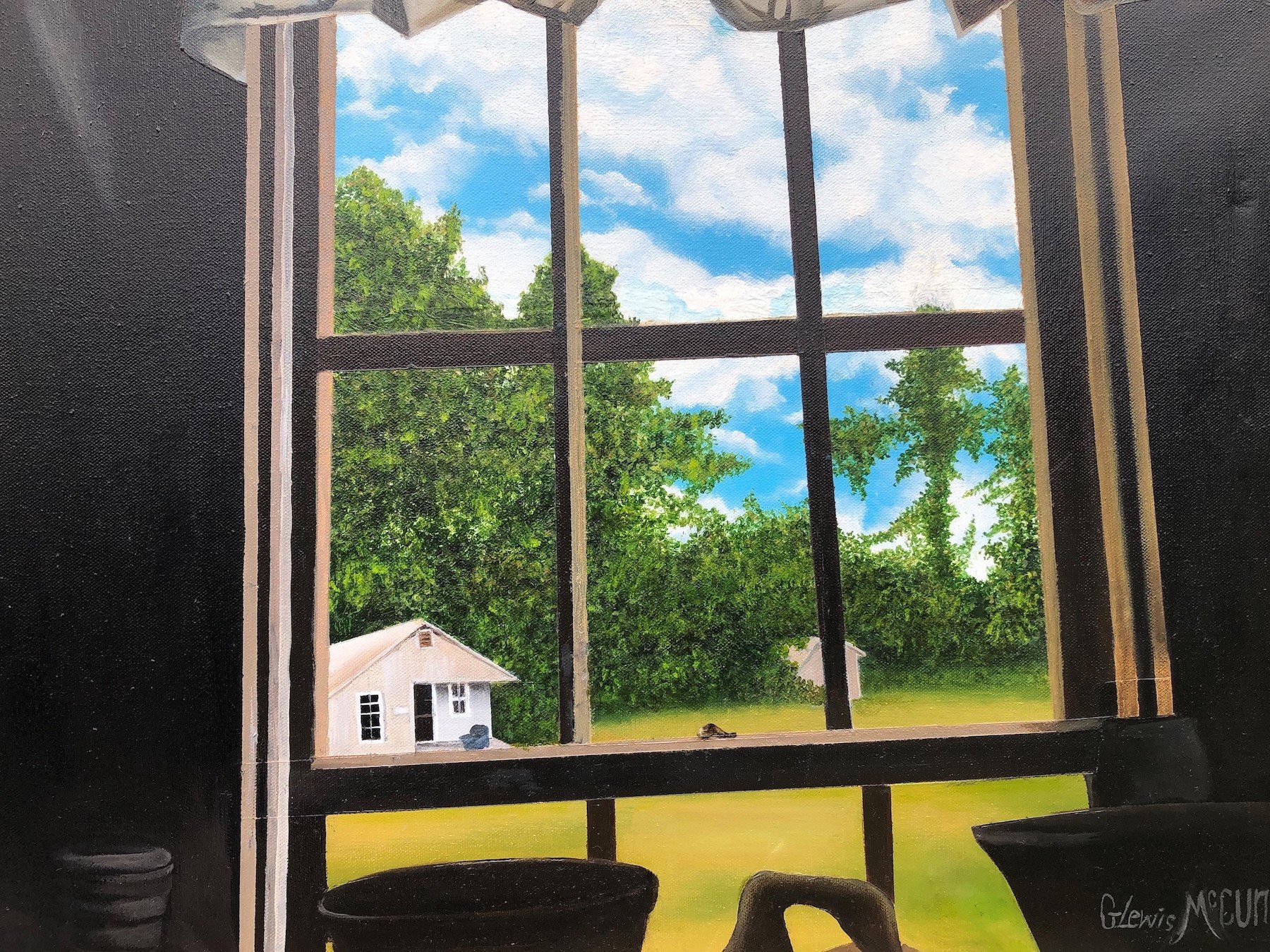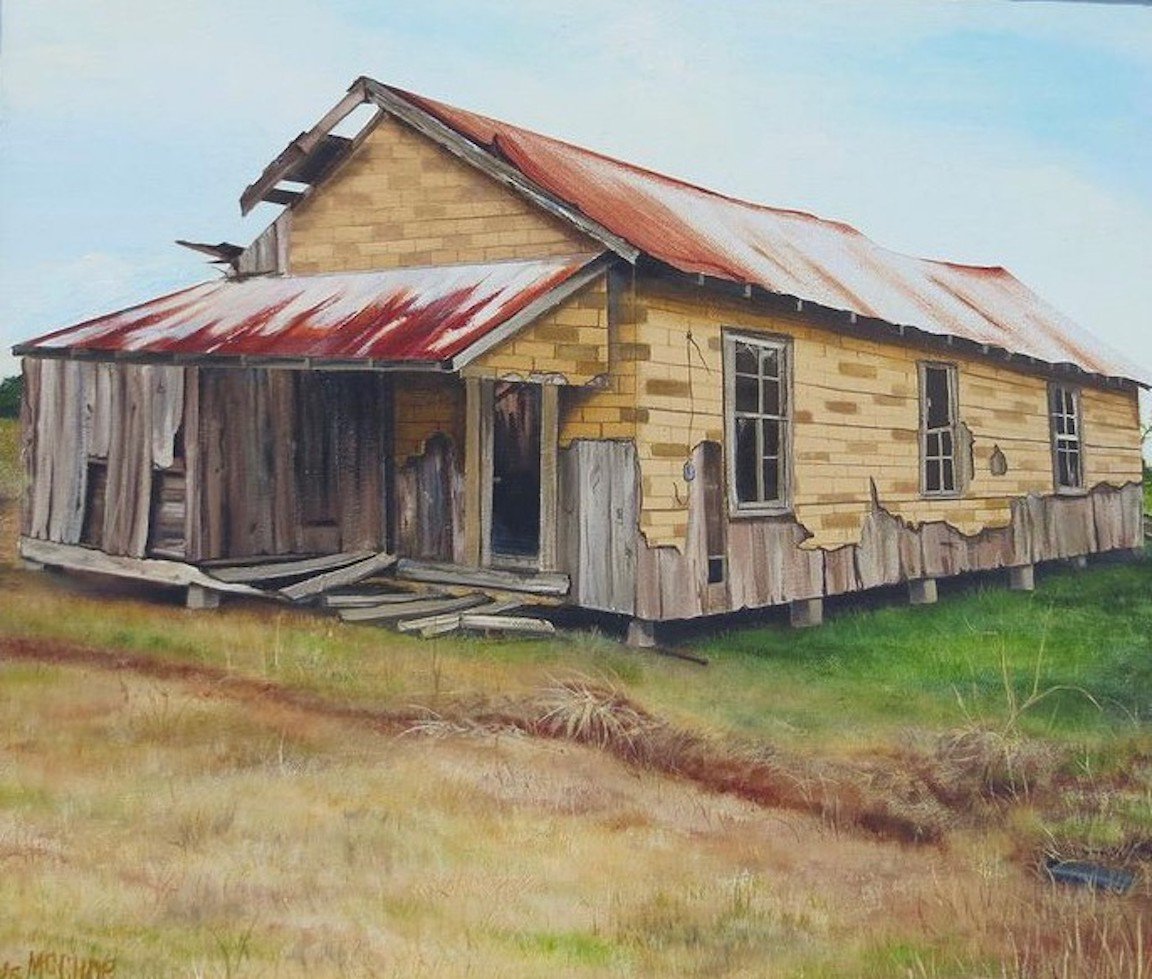Interview with artist Glenda McCune
For nearly four decades, Glenda McCune taught young people about art and imparted life lessons, always reflecting her deeply felt spirituality. Her paintings are beautifully crafted, often nostalgic, and always leave the viewer with a calm sense of familiarity. It has been a joy to get to know Glenda and her work. She IS the energizer bunny! More of Glenda’s work can be found at Midtown Vintage Market in Little Rock.
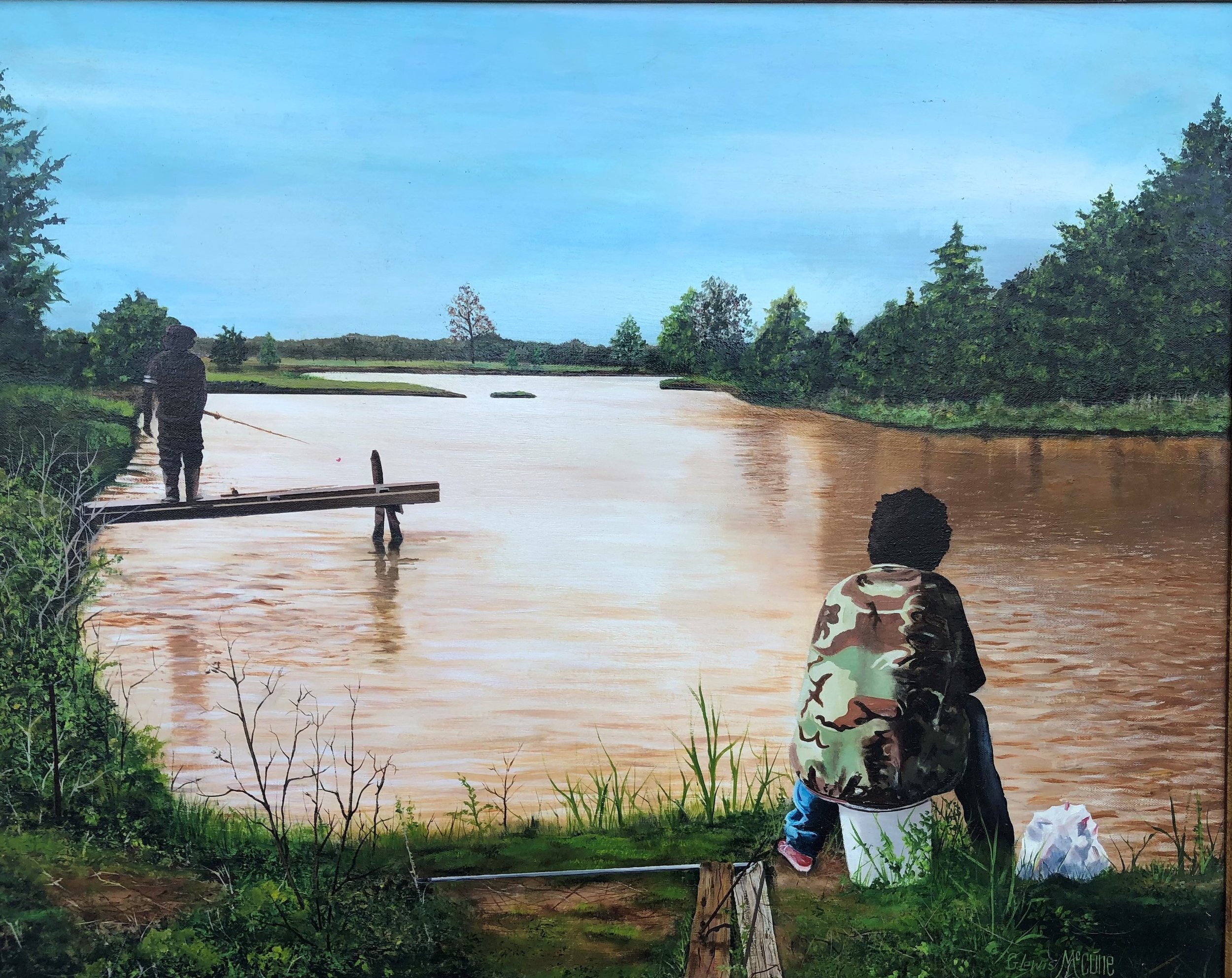
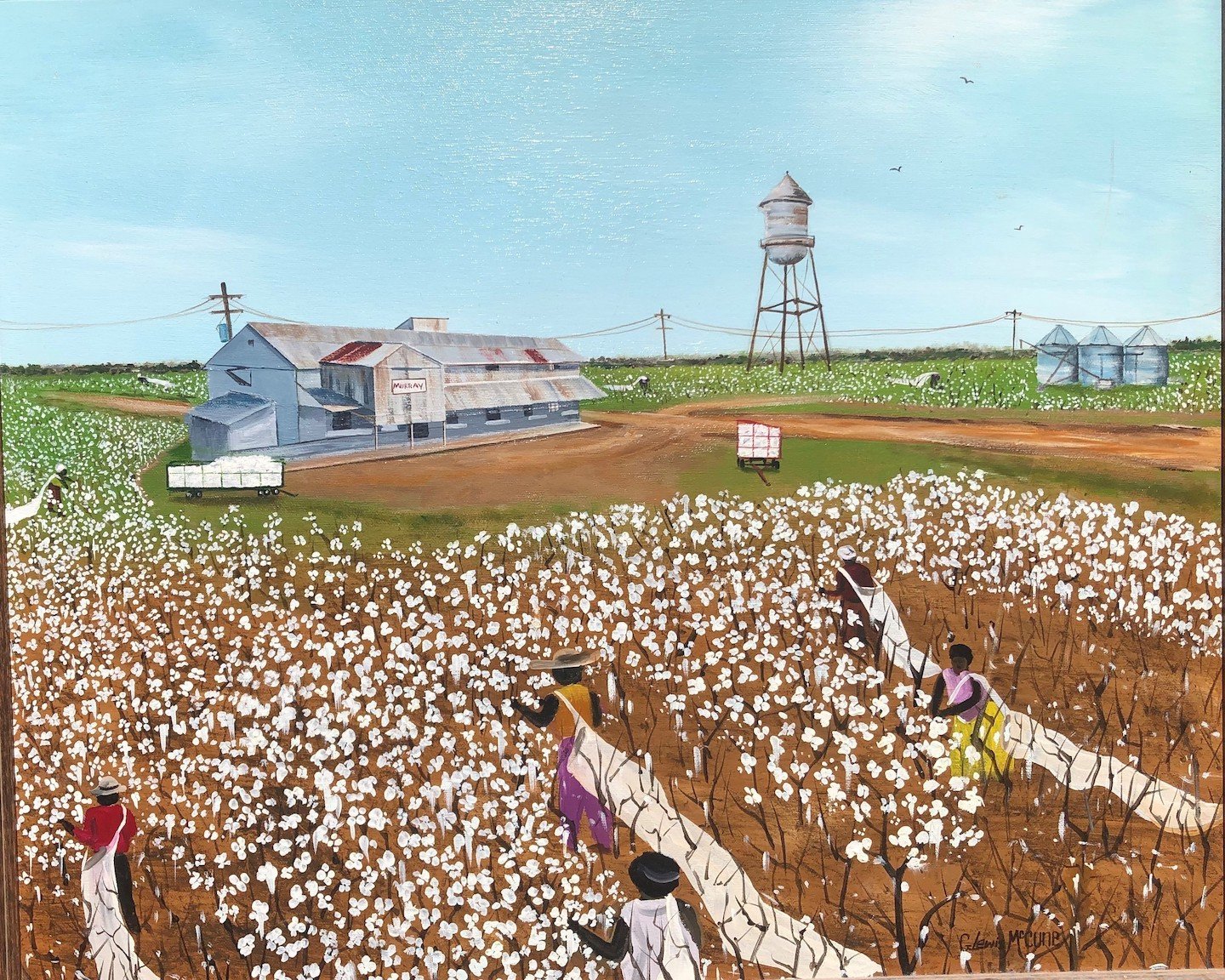

AAS: Glenda were you born and raised in Arkansas?
GM: Yes indeed, I was born in Hamburg, Arkansas on May 19, 1950, to the parents of George and Carrie Lewis. As a child I attended Pinewood elementary school. I later attended Hamburg High School and my first year of college at A&M Monticello. I later transferred from A&M Monticello to attend AM&N, now currently known as UAPB where I received my Bachelors of Arts in Art Education. I later attended the University of Arkansas at Little Rock where I received my Masters in Elementary Education. After I received my degrees, I became an art teacher at Jacksonville High School. During my time at Jacksonville High School, I taught my students how to draw, paint, utilize value and color within their drawings and compositions. I taught Art Foundations, Painting I, II &III, Crafts and Pottery and Ceramics for thirty-seven years to an abundance of students. I thoroughly enjoyed it. Some of my students became art teachers like me, which makes me feel that my efforts and teaching abilities paid off. I retired from Jacksonville High School in 2015.
AAS: Did you have any role models growing up who were artists?
GM: I did not have any role models as I was growing up who were artists. When I was in elementary school I would doodle, and my classmates would tell me how nice my drawings were of people, animals, and flowers. These instances truly inspired and motivated me. My teacher would always have me draw faces of George. W. Carver, Frederick Douglass, and Booker T. Washington for her bulletin board. I enjoyed being selected by my teacher to render drawings for her bulletin board. I was elated because my peers could see my drawings on the bulletin board, and it made me feel very proud to utilize the talent that the Lord blessed me with.
AAS: Many of your paintings depict the southern way of life. Why do you feel it is important to document, in a way, southern culture and southern living?
GM: I feel that it’s important to show our young generations how it was back in the day, days gone by. I want them to see how dwellings were back then. We had outhouses, shot gun houses, chickens, and hogs, hung our clothes on the line, fished, chopped and picked cotton. I really enjoy the flashbacks I get from my paintings of southern living.
AAS: Let’s talk about some of your work. One of my favorite pieces is Mrs. Josephine’s Wash. Growing up in south Louisiana I can relate to that image.
Mrs Josephine’s Wash, 20” x 24”, oil on canvas
GM: Mrs. Josephine’s Wash fascinates me because of the fresh white towels on the line as the wind is blowing through the fabric causing them to move. The beautiful side-view perspective and siding of the home, the tilled field for cotton and the location of the home set in Tunica, Mississippi were all notable details regarding the creation of this painting. Mrs. Josephine was sitting on the front porch, and I remember asking if I could take a picture and that I was an artist and she replied yes. She was a very friendly lady who had a captivating personality. Her confidence in my artistry made me feel very motivated. I find it interesting that when I draw clothing on a line, each lady has a different array of clothing hung such as towels, sheets, shirts, pants, and pillowcases.
AAS: Your work has been selected for the Delta Exhibition three times. One of those paintings, Mrs. Lucy’s Wash, is a spectacular piece. Talk about it and what being in the Delta Exhibition meant to you.
Mrs. Lucy’s Wash, 22” x 28”, oil on canvas, 48th Annual Delta Exhibition
GM: I was coming from Hamburg one weekend on the Old Pine Bluff road. I saw the clothes hanging on the line and this elderly couple sitting on the screened in front porch. The spirit told me to turn around to go and ask the lady if she would pose for me, she said yes. I told her that I was an artist. When I finished the painting, I took it to her so she could see it. I took a picture of her looking at it and I submitted it into the 48th Annual Delta Exhibition and it was accepted. That image reminds me and others of their grandmothers and how they would hand wash and hang their clothes on the line. Look at her clothing; she did have rags to wash. I was happy that her painting was accepted. It was truly an honor from the Lord.


AAS: I saw Jumpin’ Rope recently at the Arkansas League of Artists show at the Galleries at Library Square in Little Rock. It is painted in a more ‘primitive’ style, which really works for that scene. What makes you decide how you will paint an image in your mind?
Jumpin’ Rope, 22” x 26”, acrylic on canvas
GM: I worked from various photographs of the house. The girls jumping rope was from a different photo right along with the baby on the porch and the hen with the biddies. I like how the ground was showing the bricks holding up the front porch. How I want the painting to look is constructed upon visualization and imagination because I mentally integrate different aspects of sceneries into one painting. I tend to avoid adding too much to my composition.
AAS: Would you talk more about the Arkansas League of Artists?
GM: The ALA is a non-profit organization that promotes artistic education and the artistic community in Arkansas. As a member I participate in competitions, exhibitions and I fellowship with other artists and learn from artist workshops. It is both educational and enjoyable because we all learn from one another and share our various styles and techniques through the principles and elements of art.
AAS: I want to ask you about Mt. Hope. I just love the unique perspective. You turned something ordinary into something captivating. What were you thinking (Ha)?
Mt. Hope, 18” x 24”, oil on canvas
GM: I photographed Mt. Hope at Scott Plantation. I wanted a different view other than straight on. It is a small church. I love the unique design of the church and I truly admire everything about the dwelling. It was quite a challenge for me to draw something at a different view/angle; however, taking risks like this as an artist nourishes the mind and challenges the brain.
AAS: Glenda, you have painted a number of churches. Your rendering of Bellaire Baptist Church is marvelous. What is the story behind that piece?
Bellaire Baptist Church, 28” x 33”, oil on canvas
GM: Philip, yes there is a story. “Glenda I’m the one who gave you your talents and gifts. When you pass away, you will leave behind paintings that will represent and give Me homage.” Those were the words that spoke to me as I was going to Greenville, Mississippi, and so I got busy painting churches. My first four were sold, including one purchased by Historic Arkansas Museum. Once while driving to Greenville I saw this beautiful church, Bellaire Baptist Church, in Dermott. I took pictures of it and then started drawing and painting the church. But the lighting in my picture was poor. The next time I drove by the church the lighting was excellent and I stopped and walked across the lawn. There was a white lady walking in front of the church, up by the door. I mentioned my name was Glenda. She told me that her name was Glenda as well.
When the painting was completed, I had Rex DeLoney, an art teacher at Central High, assist me in entering it in the Annual Delta Exhibition. This was about four years ago. As Rex was adjusting the photo on my computer, we saw a light when the door of the church opened. I didn’t say a word. I thought the light was coming from the movement of the computer mouse. Rex asked me, “Did you see that door open?” I said yes!
Only one door opened, the one on the right side. It didn’t open all the way, but we saw a light inside of the church. That scared me and I had chills over my body.
Rex told his mother and she said, “Look at God working.” That was a miracle, without a doubt. I showed the painting and shared this experience with my Pastor, C. Dennis Edwards, and my Sunday School Teacher Reverend Givens at St John Missionary Baptist Church. If the door opened, with the view of a light on the inside for me, it will open for others.
Bellaire Baptist Church was exhibited at the Argenta Branch Library in North Little Rock and I want to thank Meikel Church for helping to make that possible. By the way, at the end of this June I am hoping to have a solo show at ACANSA in North Little Rock. I am truly blessed!
AAS: Tell me about Old Wood Burning Stove. Why did you want to paint that stove?
Old Wood Burning Stove, 26” x 22”, oil on canvas
GM: Old Wood Burning Stove was challenging for me. I was intrigued by the texture and grain of the panel on the walls. The different values, highlighted areas and textures fascinated me. The metal material that the stove was made from made it challenging to create exact values. Years of use had caused the stove to show noticeable signs of aging and discoloration.
I think about how the stove was unique, in demand back then, a source of warmth. I see how our sources of heat today, are more convenient, up to date and modern. My poor parents had a wood burning stove, I reflect on how they would place sweet potatoes on top of it and bake them. You talk about smelling good!
I wanted to paint the stove to capture the design, shape the various values on the outside of the stove. I also wanted to have a painting depicting what the stove really looked like, with the chimney attached to it. The stove itself is a work of art. Someone made the stove back in the day, and I wanted to capture the design in a painting.
AAS: Glenda, where do you paint and what do you think about when you paint?
GM: I don’t have a studio in my home. During the warmer months I paint in my garage and outdoors. During the winter, I paint in my kitchen. When I’m painting, I initially think about the arrangement of colors on my palate. I want to be able to properly utilize value and to reflect depth in my paintings. Without the use of value, many of my paintings would appear to be flat. I think about staying within the lines of my drawings to keep my paintings neat and structured. I typically am very focused on my painting and don’t let any outside factors distract me like the radio, television or visitors .

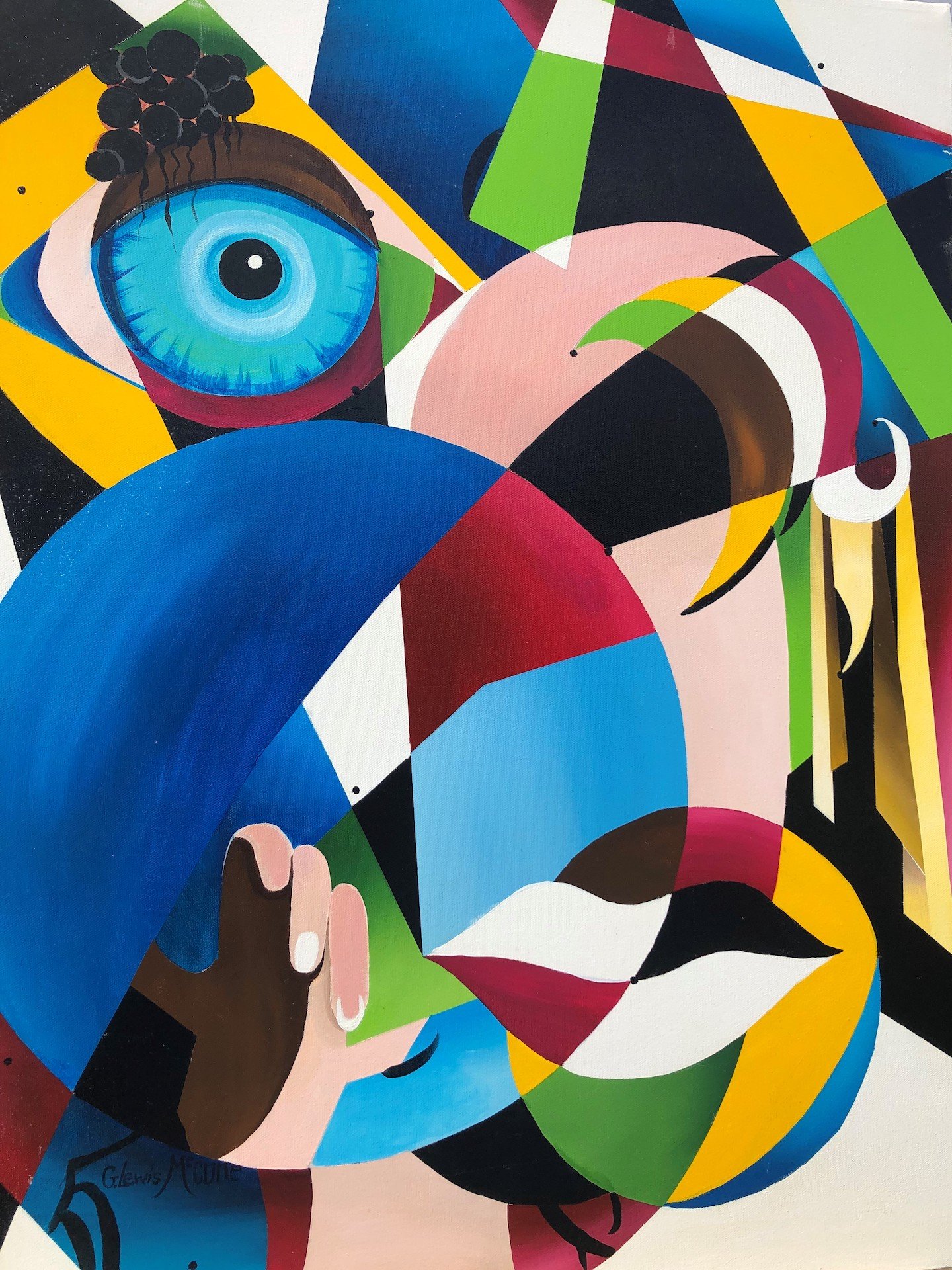
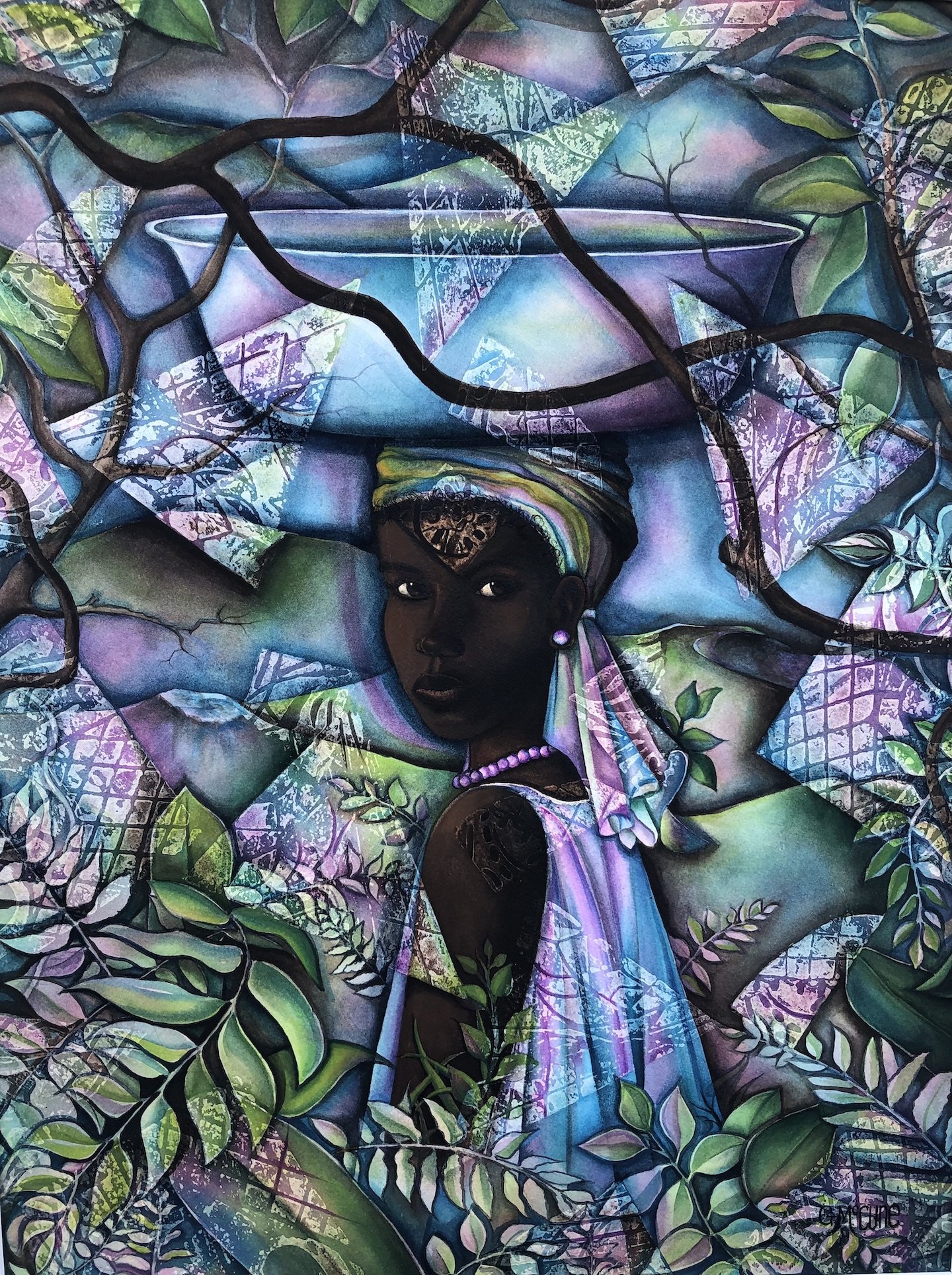
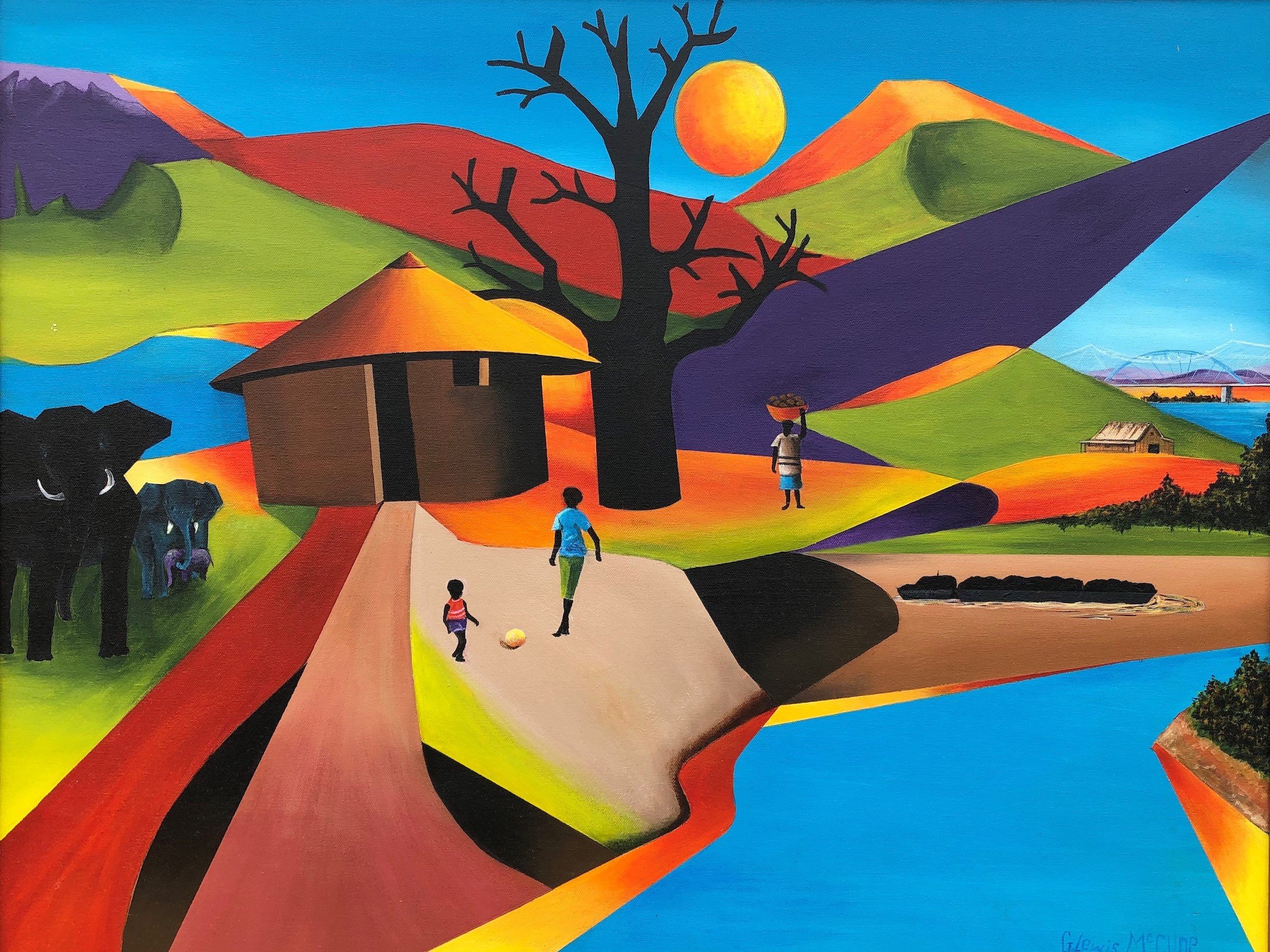
AAS: What do you do for fun when you are not painting?
GM: I have a shop at Midtown Vintage Market in Little Rock, where I sell original paintings and various artifacts that I purchased at yard sales and other venues. I tend to my garden by growing things like tomatoes, okra and cucumbers. I also raise and sell red worms. And I enjoy going to the casinos. As we already talked about, I am a member of the Arkansas League of Artists. I am also a member of the Mid-Southern Watercolorists and of the Arkansas Pastel Society. I also found much enjoyment in cruising prior to the pandemic.
AAS: I bet you had a profound effect on your students. What are some of your most cherished memories from the 37 years you spent as an art teacher?
GM: I have former students who mimic how I would sometimes talk to the wall when I couldn’t seem to get my points and various techniques across to them. I shared many life lessons with them. I also advocated against drug usage, gang activity and violence. I always reminded my students to obey their parents and to do things to make them proud of you. I cherished the moments that my students participated in local competitions and received awards. I cherished the accolades given to me from their parents for their outstanding artwork, drawings, paintings, sculptures and sketches. I cherished the many instances that I was able to motivate and inspire students who previously did not enjoy art to develop a sense of pride in creating strong drawings and paintings. Their sense of morale and motivation accelerated through the years, and that is all I could ever ask for. I also cherish seeing the concepts that I introduced being strongly reflected in their artwork.
